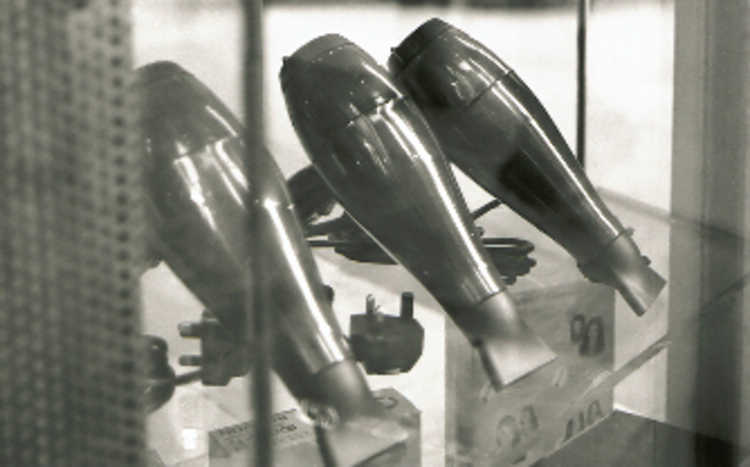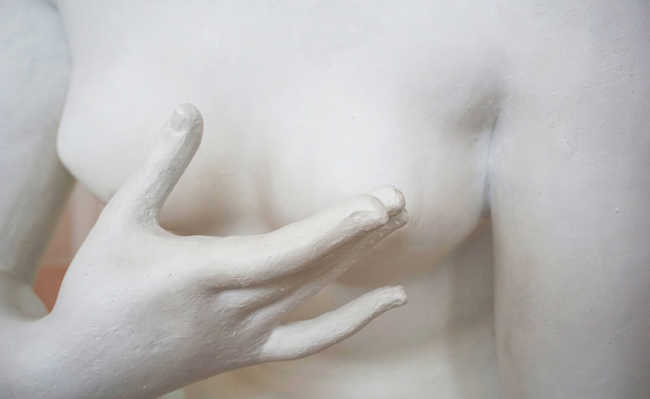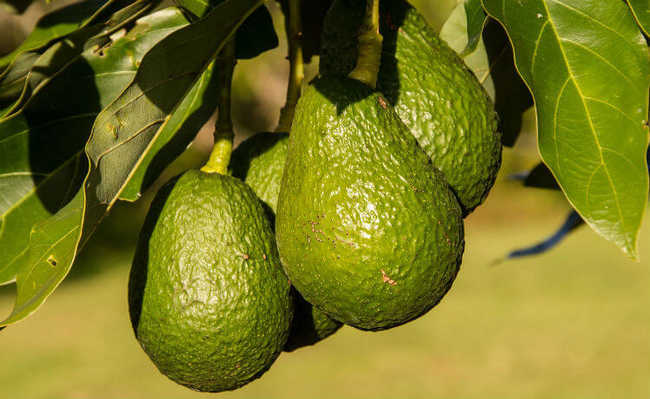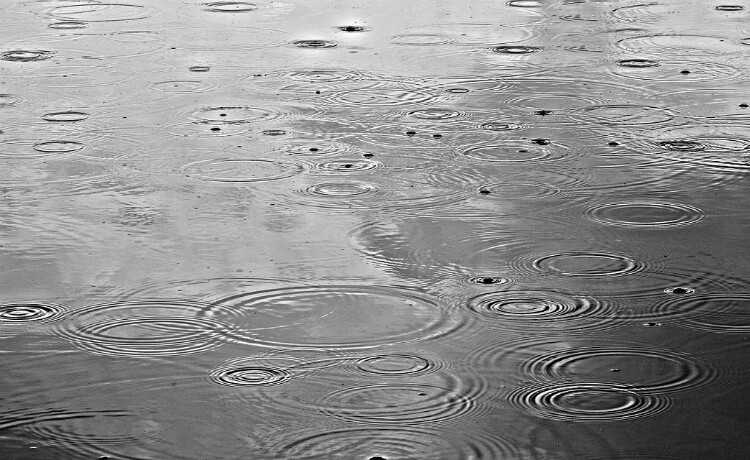Dioxin: know its dangers and be careful
Present in bleached papers and tampons, dioxin can cause cancer and accumulate in the body.

Josefin's edited and resized image is available on Unsplash
what is dioxin
You may have never heard of this chemical, but it is in your body (even if only a small amount) and is dangerous. Dioxin is a generic name used to designate a group of chemicals that are an industrial by-product of certain processes, such as chlorine production and certain paper bleaching techniques and pesticide production. Dioxins are considered persistent organic pollutants (POPs) as they accumulate in the food chain and also in the human body.
The most common dioxin is tetrachlorodibenzene-para-dioxin (2, 3, 7, 8 - TCDD), considered to be carcinogenic to humans, but there are more than 400 substances grouped under the generic name. Another example of dioxin is PCBs. polychlorinated biphenyls), polychlorinated biphenyls, known in Brazil as ascarel. These substances are mainly formed due to chemical reactions involving elements with chlorine.
- Ascarel: do you know what PCBs are?
Waste incineration also releases dioxins (burning plastic, paper, tires and wood treated with pentachlorophenol), as many products are treated with chlorine in their manufacture. Some examples of products that can release dioxin are coffee filters, paper towels and tampons that have undergone bleaching processes.
Dioxin accumulates in the adipose tissues, that is, in the regions where our bodies and those of animals have more fat (learn more in this article, in English). Through a process called biomagnification, dioxins also accompany the development of the food chain, according to an article in Agency for Toxic Substances and Disease Registry (ATSDR), from the USA. If you eat meat from an animal that contains a lot of dioxin, for example, it will accumulate in your body. From then on, your body will try to get rid of this substance for a long time.
There is no healthy level of exposure to dioxin and even a small amount can be dangerous, precisely because it accumulates in the body. Even so, the World Health Organization (WHO) and the European Union have established a dosage limit of 2.3 pg/kg/day (picogram per kilogram per day - 1 picogram is equivalent to 10-¹² gram or one trillionth of a gram) . the american agency Environmental Protection Agency (EPA) disagrees, indicating 0.7 pg/kg/day as the maximum recommended amount.
These are limits that mean very low amounts, which can be gauged by guidance from the EPA itself, which describes the use of a coffee filter made with industrially bleached paper, for example, as sufficient to exceed "acceptable levels" of dioxin for an entire life.
History and industrial processes

Edited and resized image by JJ Ying is available on Unsplash
The expansion of dioxin is linked to the use of chlorine in World War II. Until that period, the product was used, together with other chemical substances, as a form of weaponry. With the end of the conflict, there was a large production, but the demand suffered an abrupt drop. Thus, the chemical industry sought new markets to introduce chlorine. This endeavor was successful, but the dioxin by-product was not in the plans.
A source of chlorine, a source of organic matter and a thermal or chemically reactive environment in which the aforementioned materials can combine is what generates dioxin in industrial processes, according to Greenpeace. Therefore, both the production of chlorine and the treatment of other products with chlorine generate this unwanted by-product.Dioxin Emissions
The table below, released by the Portal São Francisco, shows which are the processes that form dioxins and which are the primary emitters. Check out:| Dioxin Forming Processes | Primary Chlorine Emitter |
|---|---|
| Hospital waste incineration | PVC |
| Fusion of Ferrous Metals | PVC, Chlorine-Based Oil Burning, Chlorinated Solvents |
| Hazardous waste incineration | Spent solvents, chemical industry waste, pesticides |
| Secondary copper casting | Cables covered with PVC, PVC in telephones and electronic equipment, chlorinated solvents/burnt oils |
| Secondary Lead Casting | PVC |
| chemical production | Use of Chlorine or Organochlorines as a Reagent |
| crushing mill | Chlorine-based bleaches |
| Residential Fires and Buildings | PVC, Pentachlorophenol, PCBs, chlorinated solvents |
| Vehicle fires | PVC , Burnt chlorinated oils |
| burning vehicle fuel | Chlorinated additives |
| Incineration of municipal waste | PVC, bleached paper, harmful household waste |
| Forest Fires | Pesticides, deposition of aerogenic organochlorines |
| Sewage sludge incineration | Chlorination By-Products |
| Wood burning (indl. Residl.) | PVC, Pentachlorophenol, or chemicals |
Problems caused by dioxin
Dioxin can affect the human body mainly in three ways:
Bad formation:
Dioxin is a teratogenic substance (causing fetal malformation), mutagenic (responsible for genetic mutations, some of which can cause cancer) and suspected to be carcinogenic to humans (can cause cancer). Due to these properties, dioxins interfere with the regulation of cell growth, inducing or blocking cell death.
Cancer
According to the ATSDR, dioxin has been shown to cause cancer in animals. The same effect seems to occur with humans. And the most serious is that dioxin acts as a complete carcinogen, that is, it does not need other chemical elements to act in the body. The substance can cause tumors and increase the risk of all types of cancer, according to the WHO and the National Institute for Occupational Safety and Health (NIOSH) from the USA.
Others
Dioxin alters estrogen receptors, can be toxic to growth and development, can damage the liver, nerves, and cause unwanted changes in glands, according to the ATSDR. Problems related to the reproductive and immune systems, in addition to changes in neurodevelopment, can also occur due to dioxins (learn more here, in English). The compound is also suspected of causing respiratory problems and prostate cancer, as well as two types of diabetes.

Exposure
Again according to the ATSDR, dioxins are found in virtually all skin and blood samples from people who were unaware of having been exposed to the substance.
As dioxin lingers in the food chain and accumulates in fatty tissues, food is responsible for 96% of all the dioxin accumulation that we are subjected to. The main types of food that contain them, according to the ATSDR, are the following: animal fat present in meat, high-fat dairy products, fatty fish (herring, mackerel, salmon, sardines, trout and tuna) and products that have been exposed to pesticides.
Contamination can also occur when we eat foods that have had direct contact with dioxin-containing packaging (especially those made with industrially bleached paper, such as paper plates and paper food boxes). It is also possible that women's intimate products that have gone through the bleaching process release dioxins, such as tampons.
Another way in which the human body is invaded by dioxin is the breathing of gases, vapors and other emissions from landfills that usually incinerate their waste. Industrial plants such as paper, cement and metal smelting mills can also release dioxin into the air. Living in a region close to this type of establishment can lead to chronic exposure to dioxin via breathing (although most of it enters the human body through food, as we have already said).
Alternatives
If industrial parks around the world stopped producing dioxin, it would still take about 30 years for human beings to considerably reduce the level of the substance in their bodies. As alternatives, some companies have tried to replace chlorine in industrial processes using chlorine dioxide, which is less harmful, which can be verified in products that exhibit the ECF seal (Elemental Chlorine Free). This change occurred mainly in the pulp and paper industries and was followed by another innovation, called TCF (Total Chlorine Free), in which there is no chlorine in the composition of the material. It is replaced by oxygen, hydrogen peroxide and ozone.
In Brazil, a 2008 bill tried to make the paper industry only able to manufacture chlorine-free (TCF) models, but it was rejected. Most of the national paper industry uses ECF, but it is possible to find TCF products (click here).
Greenpeace advocates that dioxins no longer be produced, but there is a debate in society. There are positions that defend the use of ECF, claiming that there are no differences between the two models.
How to avoid exposure?
Dioxin is already present in our fats and in the fats of many people around the world. However, you can follow some basic advice to avoid exposure to this dangerous substance:
paper products
Opt for naturally bleached or unbleached papers, especially for products that come in contact with food or private parts – coffee filters, paper towels and tampons.
Foods
Choose organic, low-fat foods. If meat is an essential part of your diet, find out if the animal was raised sustainably – fed on pesticide-free pasture/feed. It is proven that vegetarian mothers have less dioxin in their breast milk.
Plastics
When heating any product in the microwave, make sure it was made especially for this purpose. Even so, give preference to ceramic and glass containers. With heat, plastics can release dioxin directly into the food. The same goes for the plastic film that covers the food. Take it out before putting the food in the microwave. In the case of PVC, avoid any form of burning or intense heating of the material (a common fact in works, to give elasticity to the pipe).










